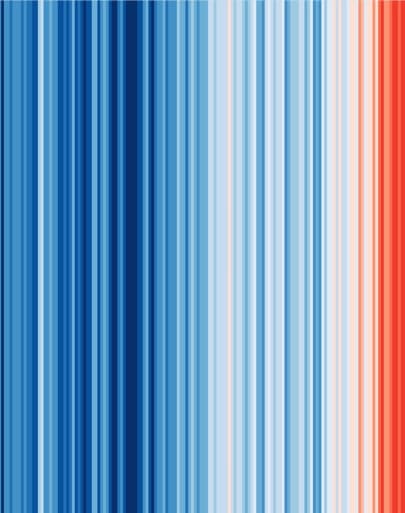Heating, cooling & DHW in passivhaus buildings & EECN
Start date: to be confirmed
Final date: to be confirmed
An efficient thermal envelope combined with effective shading devices in the summer mean heating and cooling loads for Passivhaus buildings are super low in comparison to conventional buildings. OK, but…what’s the best heating system for a Passivhaus building? What are the key points for designing an efficient hot water system? What are the options for active cooling in high-performance buildings? What do I need to look out for when it comes to wood-burning stoves?
Whether you are a certified Passivhaus Designer / Tradesperson looking for a refresher course, or new to the field of heating and cooling in high-performance buildings, this course will help you understand the pros and cons of the different systems available and the particularities of thermal energy generation and distribution in Passivhaus buildings.
Heating, cooling & DHW in passivhaus buildings & EECN
325,00€
Start date: to be confirmed
Final date: to be confirmed
An efficient thermal envelope combined with effective shading devices in the summer mean heating and cooling loads for Passivhaus buildings are super low in comparison to conventional buildings. OK, but…what’s the best heating system for a Passivhaus building? What are the key points for designing an efficient hot water system? What are the options for active cooling in high-performance buildings? What do I need to look out for when it comes to wood-burning stoves?
Whether you are a certified Passivhaus Designer / Tradesperson looking for a refresher course, or new to the field of heating and cooling in high-performance buildings, this course will help you understand the pros and cons of the different systems available and the particularities of thermal energy generation and distribution in Passivhaus buildings.
Description
You’ll learn to put together an outline design using the latest high-performance heat pump technologies, understand the ins and outs of heating and cooling load calculations, and get to grips with the key aspects of site supervision, so that heating, hot water and cooling systems work as designed.
Through 2 live sessions in a 100% online learning environment, you will be able to interact with teachers and peers, download and read technical documents to consolidate what you’ve learnt, and watch recordings of the live sessions after the classes. The course has been validated by the Passivhaus Institute in Germany, so if you are a certified Passivhaus Designer/Consultant or Tradesperson, you can win Credit Points with this course for your qualification renewal!
- Start date: to be confirmed
- Final date: to be confirmed
- Total time commitment: 20 hours
- Course period: 2 weeks
- Live sessions: 2 sessions of 4h c/u, 16:00 h – 20:00 h CET (see content below)
- Certificate of attendance
- Course validated by the Passivhaus Institute, with 24 Credit Points for the renewal of Passivhaus Designer/Consultant, or Passivhaus Tradesperson qualifications
- Online learning environment:
- Forum / chat for networking & interaction with teachers & peers
- Technical Documents to download
- Final test (multiple choice)
Content
Introduction
- Course structure
- Heating, cooling & ACS in conventional buildings vs. Passivhaus
- Comfort during summer heatwaves
- Thermal comfort: Fanger, Adaptive, Passivhaus & psychrometrics
- Energy demand vs. heating/cooling loads
Heating
- Heat generators: heat pumps, boilers and direct electric
- Environmental impact of refrigerants in heat pumps
- Ventilation supply air heating; recirculation loop
- Convective systems: fan-coils, splits; low-temperature radiators; heat recovery
- Radiant systems: hydronic & electrical
- Biomass stoves and fireplaces
- Distribution: insulation of pipes and ducts; airtight sealing of service penetrations
Cooling
- Generation equipment: heat pumps
- Ventilation supply air cooling; recirculation loop
- Convective systems: fan-coils, splits; low-temperature radiators; heat recovery
- Radiant cooling systems & dehumidification
- Distribution: insulation of pipes and ducts; airtight sealing of service penetrations
Sanitary hot water
- Heat generators: heat pumps, boilers and direct electric
- Legionella
- Distribution: recirculation
- Distribution: individual pipes
- Storage
Case Studies
Radiant: underfloor + dehumidification; Radiant: ceiling + dehumidification;
Convective: fan-coils (water distribution); Convective: splits (refrigerant distribution); Convective & radiant: low-temperature radiators; Convective: supply air cooling

